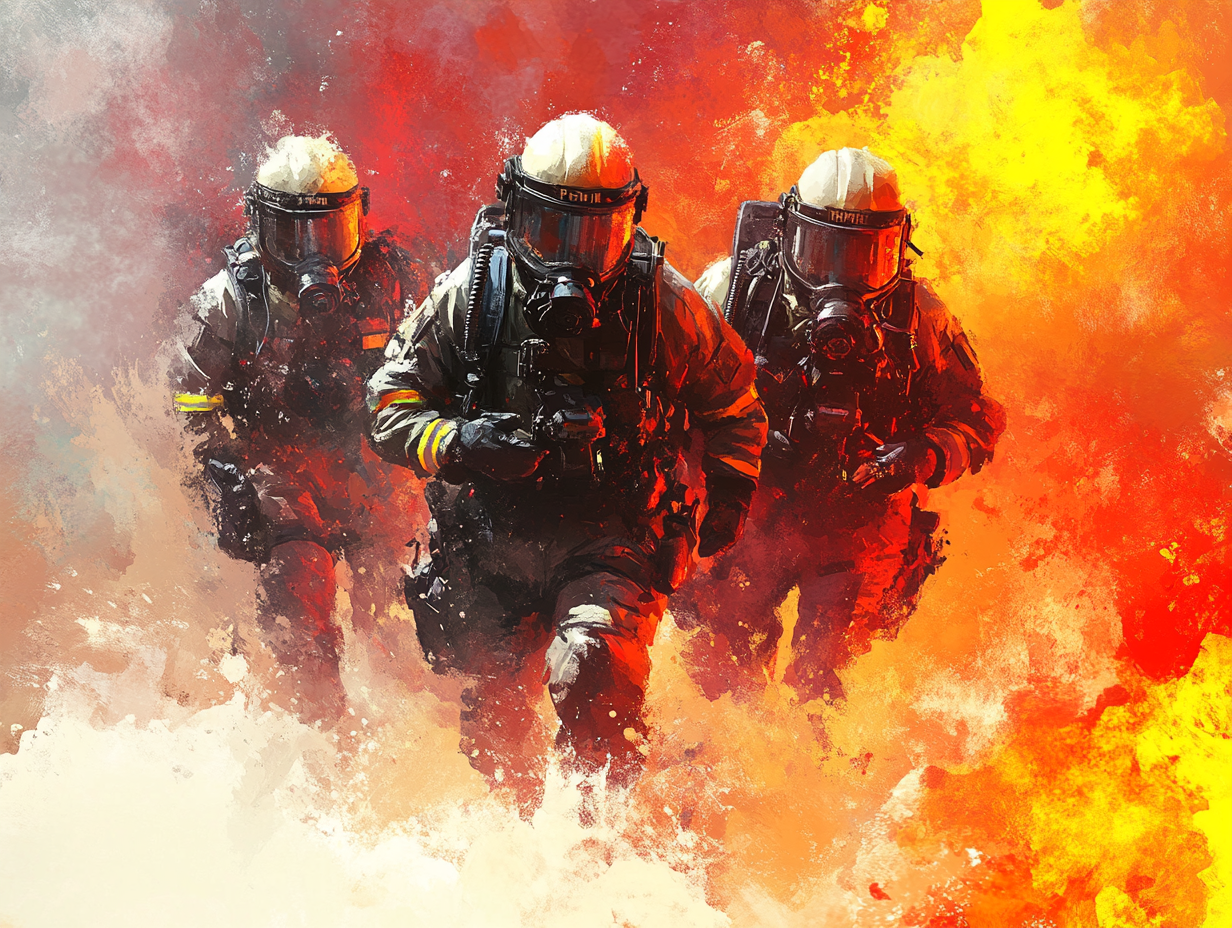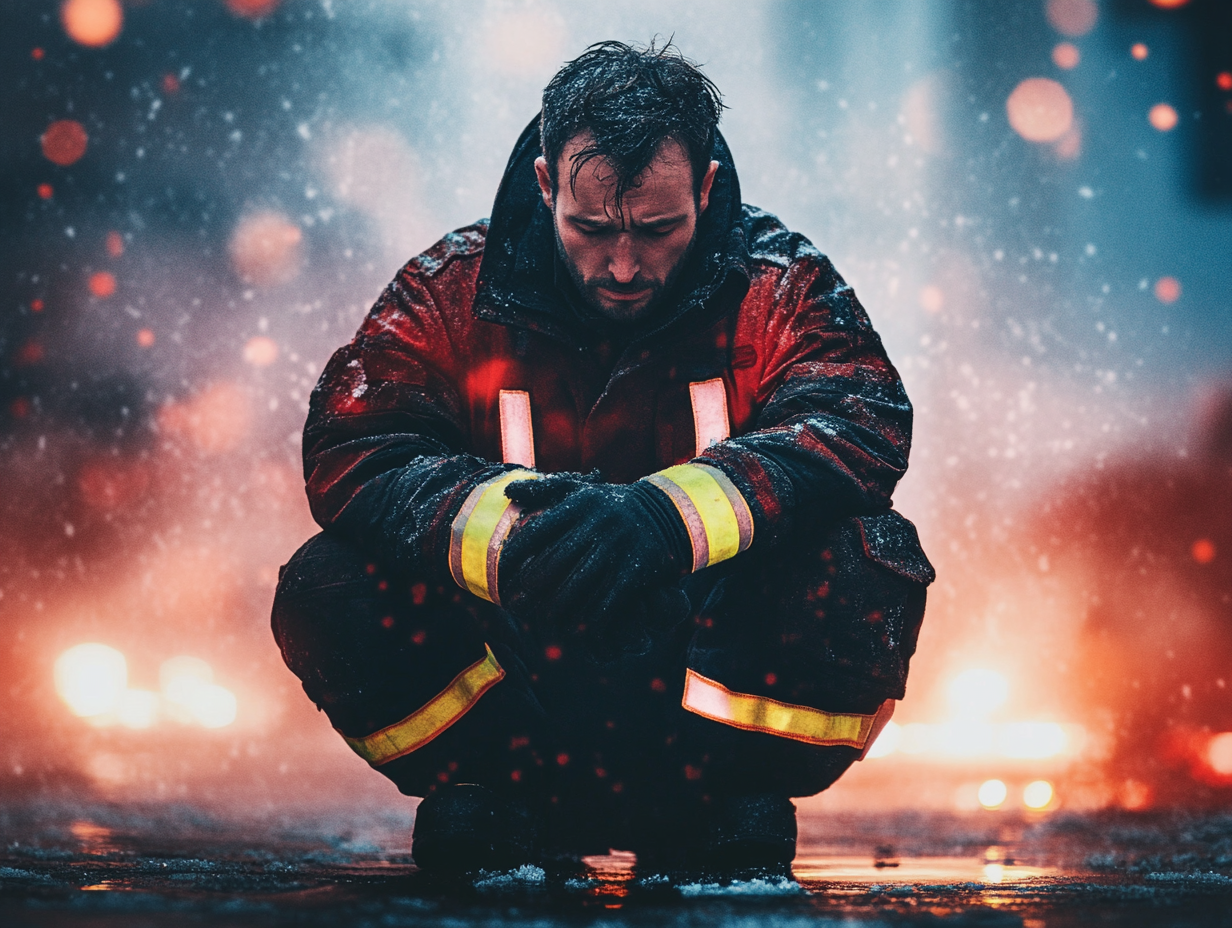The Importance of De-Escalation Training for First Responders in Today’s Crisis Climate

In light of the increasing number of emergencies across the United States—from devastating mass shootings to tragic tornado outbreaks—first responders face unprecedented challenges. These situations require not only physical readiness and quick thinking but also the ability to navigate emotionally charged interactions with victims, witnesses, and sometimes even perpetrators. De-escalation training has emerged as an indispensable tool for first responders, empowering them to defuse tense situations and protect lives while minimizing harm.
The role of first responders is multifaceted. Beyond providing immediate physical aid, they are often the first point of contact for individuals in extreme distress. Whether addressing a violent incident, calming panicked bystanders, or diffusing hostility, their actions can significantly impact the outcomes of an emergency. De-escalation training equips these professionals with the skills needed to manage emotional volatility, ensuring they can focus on their primary mission—saving lives.
Navigating High-Stakes Emotional Landscapes
De-escalation training begins with understanding the psychology of crisis situations. When individuals are confronted with trauma or danger, their fight-or-flight response can trigger intense emotions, from fear and confusion to anger and aggression. First responders must quickly assess the emotional state of those involved and adapt their approach to create a sense of safety and control.
Active listening, while not always easy when adrenaline is high, is a cornerstone of de-escalation. By truly hearing the concerns, frustrations, or fears of those they encounter, first responders can validate emotions and build trust. For example, paraphrasing a witness’s account or acknowledging a victim’s fear can help establish rapport, reducing hostility or panic. These skills not only foster cooperation but also enhance the quality of information gathered during critical moments.
The Power of Nonverbal Communication
In crisis situations, actions often speak louder than words. Nonverbal communication plays a significant role in de-escalating tensions. First responders are trained to maintain a calm and open posture, make deliberate and non-threatening movements, and use facial expressions that convey empathy and reassurance. These subtle cues can have a profound effect, signaling that the responder is there to help, not harm.
For instance, during the chaotic aftermath of a tornado outbreak, a calm demeanor could ease the fears of bystanders while directing them to safety. In volatile situations, maintaining composure also helps first responders avoid escalating the conflict inadvertently, ensuring their actions align with the goal of resolution.
Learn More: De-Escalation Training in Healthcare
Techniques to Stay Grounded Under Pressure

Techniques for First Responders to Keep Calm Under Pressure
One of the greatest challenges for first responders is maintaining their own emotional equilibrium amidst chaos. De-escalation training includes techniques such as deep breathing, mindfulness, and grounding exercises to help responders stay focused and calm. These methods allow them to manage their stress levels, think clearly, and respond effectively in high-stakes scenarios.
For example, when faced with a distraught family member at the scene of a mass murder like the one in New Orleans on New Year’s Day, a first responder trained in these techniques can provide calm and clear communication, easing the individual’s distress while keeping the focus on immediate safety needs. Staying centered also reduces the likelihood of errors that could compromise the situation.
Setting Boundaries in Dangerous Situations
While empathy and patience are crucial, there are moments when first responders must set firm boundaries to protect themselves and others. De-escalation training emphasizes the importance of establishing limits in a respectful yet authoritative manner. This is particularly important when dealing with aggressive or hostile individuals.
For instance, during a tense standoff, responders may need to clearly communicate behavioral expectations, such as maintaining a safe distance or refraining from disruptive actions. By doing so, they create an environment where dialogue can occur without escalating the risk of physical confrontation.
The Ripple Effect of Effective De-Escalation
The benefits of de-escalation training extend far beyond the immediate crisis. Responders who are skilled in defusing tensions can prevent situations from spiraling into violence, reducing the risk of injury to themselves, the public, and even the individuals at the center of the conflict. This, in turn, decreases the likelihood of legal repercussions and enhances community trust in emergency services.
Moreover, effective de-escalation fosters a culture of professionalism and respect within the ranks of first responders. Teams that prioritize these skills report higher job satisfaction, lower stress levels, and improved mental health outcomes. This not only benefits individual responders but also strengthens the collective ability of emergency services to handle crises effectively.
Check Out: The Stress Impact on Staff of Clinical Mental Health Facilities
Integrating De-Escalation Training into First Response

The Importance of De-Escalation Training for First Responders in Today’s Crisis Climate
To ensure the effectiveness of de-escalation techniques, training must be ongoing. Regular workshops, scenario-based role-playing, and real-world simulations allow first responders to practice their skills in a controlled environment. These exercises build confidence and competence, ensuring responders are prepared to handle the unpredictable nature of their work.
Leadership support is also critical. Supervisors and senior officials must champion the importance of de-escalation, modeling these behaviors and encouraging their teams to prioritize emotional intelligence alongside tactical readiness. Feedback loops, where responders can share their experiences and insights, further refine training programs, ensuring they remain relevant in an ever-changing landscape of emergencies.
A Call to Action for First Responders
The emergencies unfolding across the United States underscore the need for first responders to be equipped not just physically, but emotionally and psychologically. De-escalation training is no longer an optional skill—it is a vital component of effective crisis management. By embracing these techniques, first responders can navigate even the most volatile situations with professionalism and humanity.
As the first line of defense in times of crisis, you have the power to make a profound difference. De-escalation training ensures that your actions not only save lives but also restore calm, build trust, and uphold the integrity of the communities you serve. Together, we can face the challenges ahead with courage, compassion, and the skills to make every moment count.
